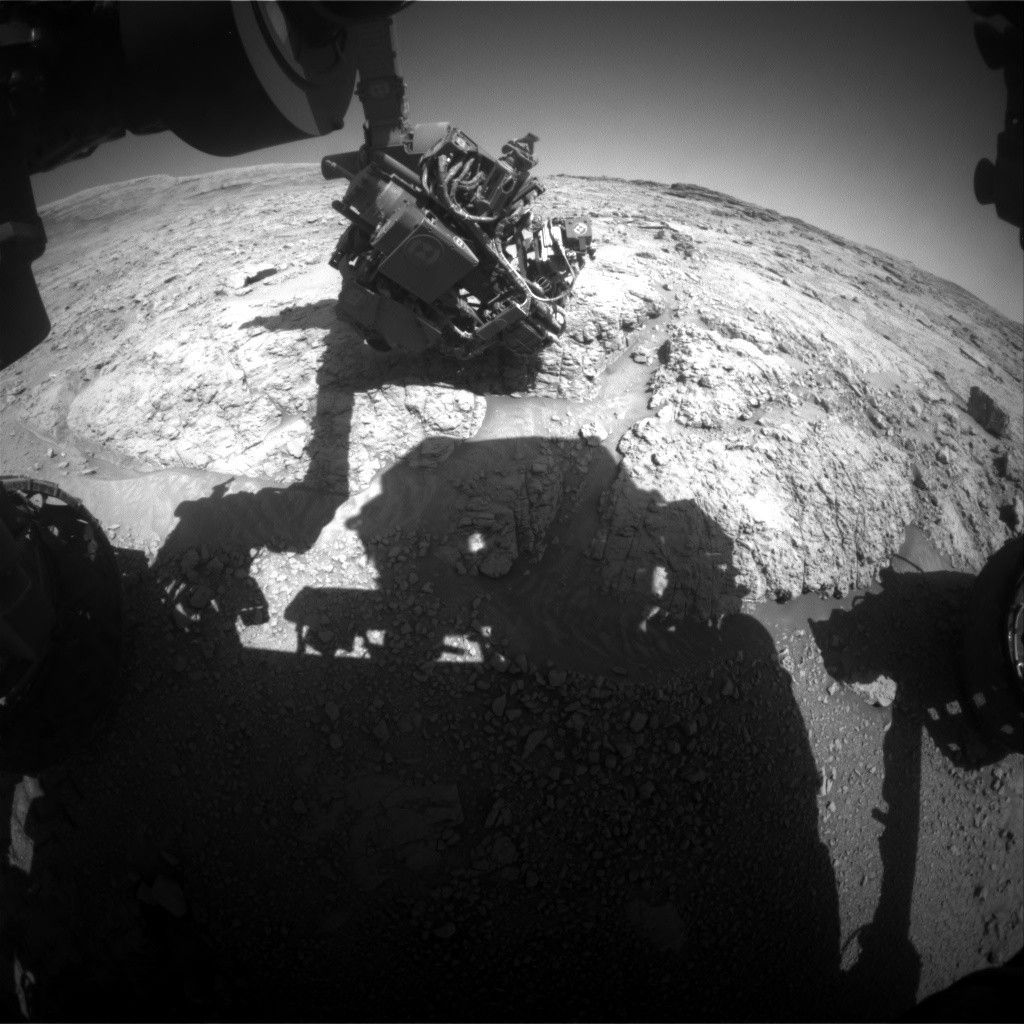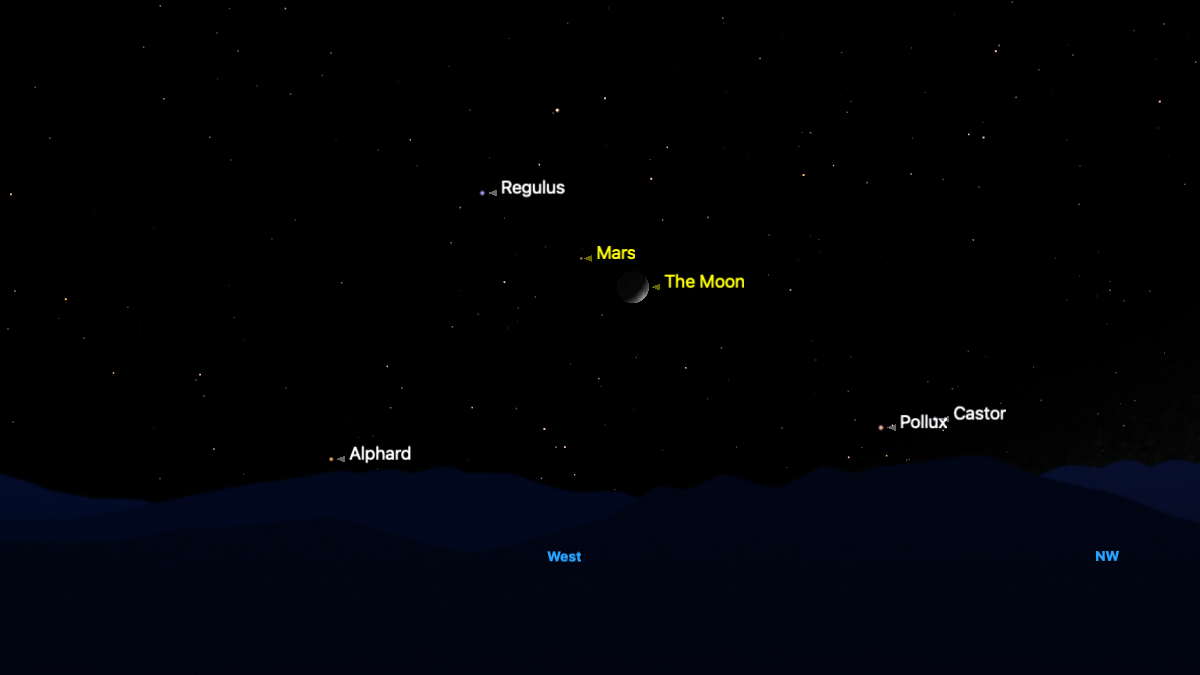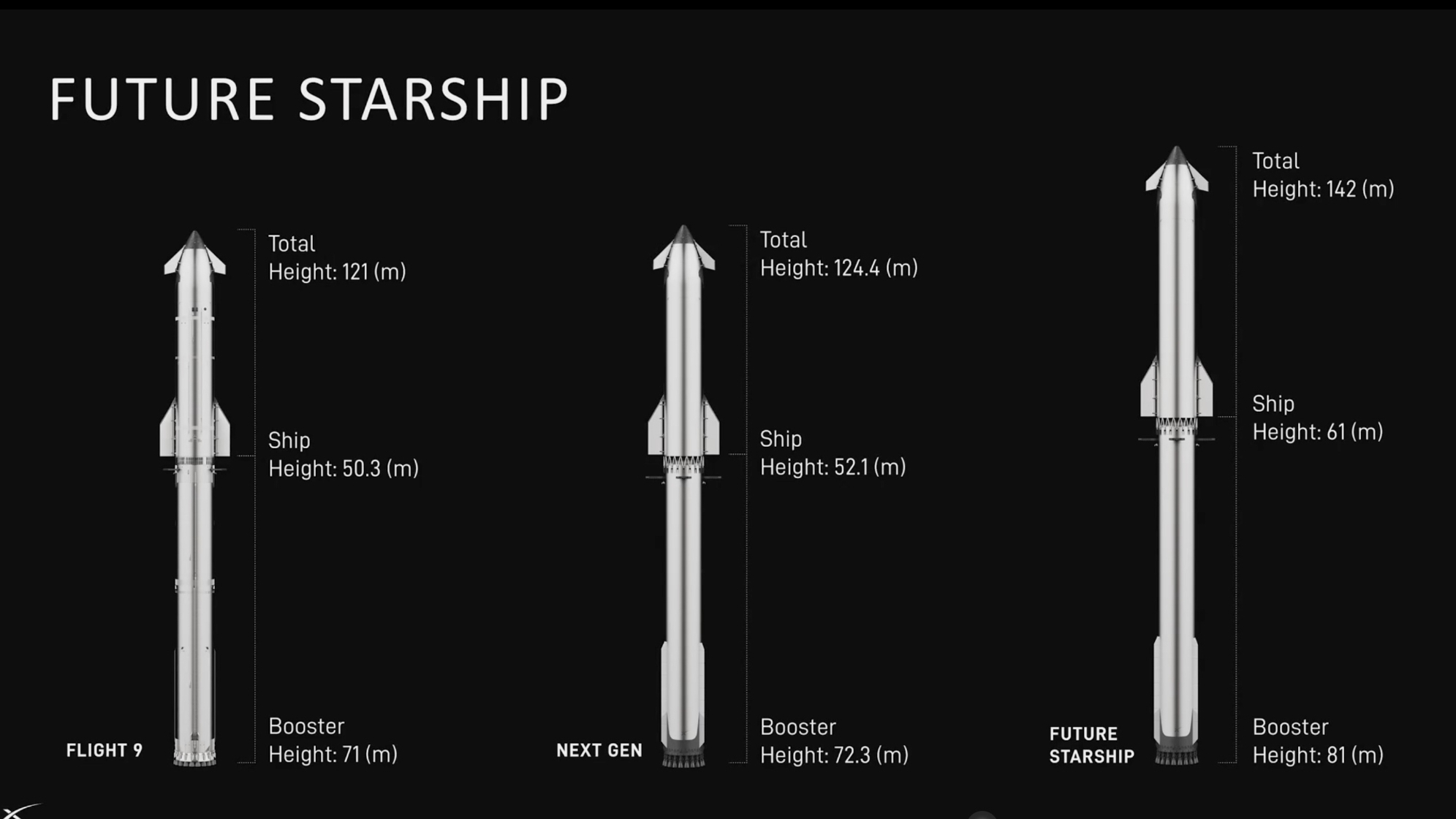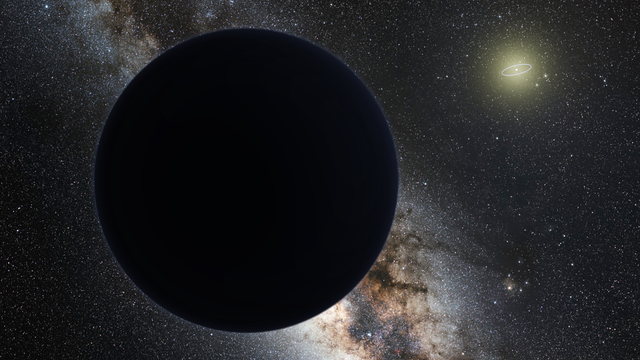Residents of Maoming, China were treated to a celestial light show earlier this week when a surprise fireball burst to life overhead, illuminating the city before disappearing in an intense flare of light. The fireball burned up over the southern Chinese province of Guangdong at 9:33 p.m. local time on May 28, according to multiple dashcam videos that have circulated online in the wake of the event. The videos show the meteor make a dramatic 5-second journey through the night sky, during which it changed color from a pale green-blue…
Read MoreMonth: May 2025
Venus is at its farthest from the sun on June 1: Here’s how to see the bright ‘morning star’ this weekend
Venus reaches its point of greatest western elongation on June 1, at which time the dazzling ‘morning star’ will be at its most distant point from the sun in Earth‘s sky during its pre-dawn apparition. The rocky planet will hit the orbital milestone at 00.00 a.m. EDT (0400 GMT) on June 1, while Venus is below the horizon for skywatchers in the U.S, according to stargazing website EarthSky.org. At this time, Venus will be separated from the sun by a gulf of 46 degrees along the line of the ecliptic,…
Read MoreThis Week In Space podcast: Episode 163 — The Trials of Starship
The Trials of Starship – Starship Flight Test 9 – YouTube Watch On On Episode 163 of This Week In Space, Rod Pyle and Tariq Malik discuss Starship’s recent test flight with Space.com reporter Mike Wall. What went right, what went wrong, and what are the prospects for Elon’s mammoth rocket meeting NASA’s goals for a moon landing in 2027? Also, Musk’s recent video outlining future plans for Starship and a Martian metropolis, Chinese company Sepoch’s recent (and very Starship-like) vertical launch and landing test, Japan’s robotic lander, Resilience, about…
Read MoreSols 4554–4555: Let’s Try That One Again…
Curiosity Navigation Curiosity Home Mission Overview Where is Curiosity? Mission Updates Science Overview Instruments Highlights Exploration Goals News and Features Multimedia Curiosity Raw Images Images Videos Audio Mosaics More Resources Mars Missions Mars Sample Return Mars Perseverance Rover Mars Curiosity Rover MAVEN Mars Reconnaissance Orbiter Mars Odyssey More Mars Missions Mars Home 2 min read Sols 4554–4555: Let’s Try That One Again… NASA’s Mars rover Curiosity acquired this image using its Front Hazard Avoidance Camera (Front Hazcam) on May 28, 2025 — Sol 4553, or Martian day 4,553 of the…
Read MoreNASA’s SpaceX Demo-2 Launch Fifth Anniversary
NASA/Bill Ingalls President Donald Trump speaks inside the Vehicle Assembly Building at NASA’s Kennedy Space Center in Florida, following the launch of NASA’s SpaceX Demo-2 mission on May 30, 2020. The mission was the first crewed launch of the SpaceX Crew Dragon spacecraft and Falcon 9 rocket to the International Space Station as part of the agency’s Commercial Crew Program. This marked the first time American astronauts launched on an American rocket from American soil to low-Earth orbit since the conclusion of the Space Shuttle Program in 2011. Image credit:…
Read MoreDon’t miss the crescent moon shining close to Mars on May 31
The moon will shine near Mars in the post-sunset sky on May 31, before jumping to its left the following night. (Image credit: Starry Night.) The moon will appear to skip over Mars between the nights of May 31 and June 1, appearing to grow ever larger ahead of its first quarter phase next week. Stargazers in the U.S. can find the moon roughly 35 degrees above the western horizon an hour after sunset on May 31, with the stars of the constellations Leo (left) and Cancer (right) shining on…
Read MoreElon Musk says SpaceX will launch its biggest Starship yet this year, but Mars in 2026 is ’50/50′
SpaceX is still shooting for Mars next year with its giant Starship rocket, despite some recent explosive hiccups with the megarocket. That was one of the takeaways from a new update that Elon Musk just gave about SpaceX‘s plans to help humanity settle the Red Planet — an ambitious goal that has driven the billionaire for decades. “Progress is measured by the timeline to establishing a self-sustaining civilization on Mars,” Musk said in the 42-minute presentation, which SpaceX posted on X on Thursday (May 29), referring to the ongoing work…
Read MoreScientists found a possible new dwarf planet — it could spell bad news for Planet 9 fans
A potential new dwarf planet has been discovered in the outer reaches of the solar system, and its existence poses the greatest challenge yet to the hypothesis that a ninth planet lurks far from the sun. “We were very excited to discover 2017 OF201 because it was not expected at all,” study leader Sihao Cheng of the Institute for Advanced Study in Princeton, told Space.com. “It’s very rare to discover an object both large and with an exotic orbit.” “The object’s aphelion — the farthest point on the orbit from…
Read MoreHubble Spies Paired Pinwheel on Its Own
Explore Hubble Hubble Home Overview About Hubble The History of Hubble Hubble Timeline Why Have a Telescope in Space? Hubble by the Numbers At the Museum FAQs Impact & Benefits Hubble’s Impact & Benefits Science Impacts Cultural Impact Technology Benefits Impact on Human Spaceflight Astro Community Impacts Science Hubble Science Science Themes Science Highlights Science Behind Discoveries Hubble’s Partners in Science Universe Uncovered Explore the Night Sky Observatory Hubble Observatory Hubble Design Mission Operations Missions to Hubble Hubble vs Webb Team Hubble Team Career Aspirations Hubble Astronauts Multimedia Images Videos…
Read MoreJune’s Night Sky Notes: Seasons of the Solar System
2 Min Read June’s Night Sky Notes: Seasons of the Solar System Two views of the planet Uranus appear side-by-side for comparison. At the top, left corner of the left image is a two-line label. The top line reads Uranus November 9, 2014. The bottoms line reads HST WFC3/UVIS. At the top, left corner of the right image is the label November 9, 2022. At the left, bottom corner of each image is a small, horizontal, white line. In both panels, over this line is the value 25,400 miles. Below…
Read More








